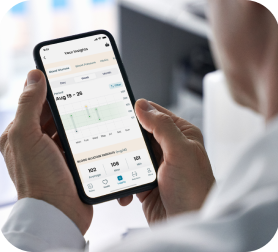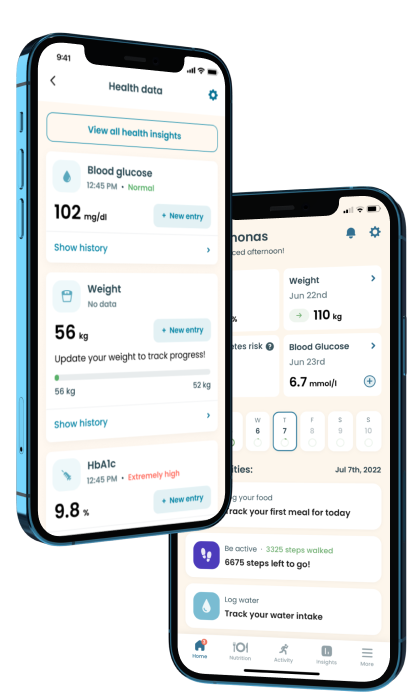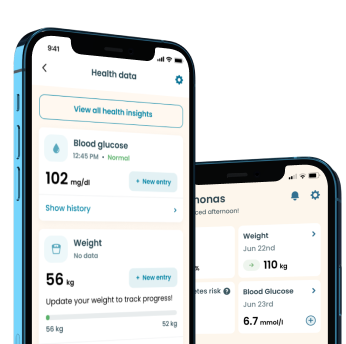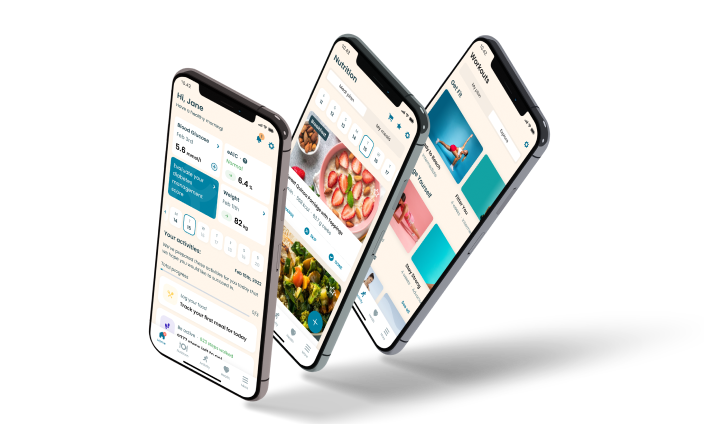Maple Syrup and Diabetes

It's ok
54
269 kcal
]Maple syrup is a natural sweetener from maple trees that qualifies as a potential substitute for white and brown sugar in the diabetic diet. Although it is naturally sweeter and healthier, this does not mean diabetics can consume them indiscriminately, especially if your diet is already heavy in carbs.
While numerous studies on this sweetener have hinted at its potential health benefits, we’re more concerned about what science has to say on its usefulness for diabetes. This article collates studies and research papers on maple syrup and diabetes, presenting science-backed claims on the efficacy of this supposed diabetes-safe, natural sweetener.
Nutritional value
- Protein 0 g
- Carbohydrate 67 g
- Fat 0.1 g
- Fiber 0 g
- Sugar 60 g
- Cholesterol 0 g
Nutritional Profile of Maple Syrup
Consuming any sugar in high amounts leads to a variety of health complications and chronic diseases. Unfortunately, sugar is one of the significant constituents of maple syrup, with one tablespoon yielding a whopping 12.1 g.
Moreover, its high carb content of 13.4 g per tablespoon is another source of concern for this supposedly healthy sweetener. Additionally, it is high in calories, with 52 cal per tablespoon.
Finally, while maple syrup may be devoid of fat, its zero fiber content and meager protein yield overshadow this perk.
Take a quiz
Discover what Klinio app can do for you
Healthy diabetes meal plan crafted just for YOU

Personalized workouts with no equipment needed

Track your progress with smart tracking tools

Should Diabetics Eat Maple Syrup?
Although maple syrup might not suffice as the ideal sweetener for diabetics, it indeed should be selected over white sugar. Why’s that, though? We’ll get to see in the following sections.
Low Glycemic Index (GI)
Maple syrup is a low GI food with a score of 54, pretty distant from white sugar’s 65. According to research, low GI foods have a practical effect on medium-term glycemic control in people with type 2 diabetes. A meta-analysis of 14 studies comprising 356 subjects affirms this hypothesis. The studies have a mean duration of 10 weeks while modification applied to two or more meals in a day. Namely, those that consumed low GI foods had reduced postprandial glucose levels, as well as a nearly 0.4%-point drop in HbA1c levels.
Antioxidant Properties
Antioxidants are essential to prevent or reduce the risk of diabetes complications. This is proven by research done to determine the antioxidant properties of the four grades of maple syrup — dark, medium, light, and extra-light.
Notably, the medium-grade maple syrup contained over 24 phenolic compounds, including benzoic and chlorogenic acid.
Cholesterol-Lowering Properties
High cholesterol levels are generally associated with a heightened risk for cardiovascular ailments — common diabetes complications and predisposing factors. However, maple syrup saves the day with its fat-lowering constituents.
According to a 42-day study conducted on obese type 2 diabetic mouse models to determine the effects of a polyphenol-rich extract of maple syrup, the findings include a significant reduction in serum levels of LDL cholesterol. Other beneficial discoveries include upregulation of cholesterol and fatty acid catabolism-associated liver genes.
Does Maple Syrup Have Any Effect On Diabetics?
Maple syrup is high in sugar and carbs with no dietary fibers attached to it. If you consume it in excessive portions, the chances that your blood sugar level will skyrocket are high.
However, you can consider pairing it with high-fiber foods like oatmeal to slow its absorption in the intestinal tract.
How to Safely Eat Maple Syrup
As earlier stated, moderation is key when consuming this natural sweetener. If you’re short of ideas on how to consume maple syrup, the following recipes should give you a head start:
- Use it as a topping for oatmeal
- Use maple syrup in your coconut water and nimbu paani
- Use as a sweeter for high energy granola bars
- Use as a replacement for white sugar
Summary
Although maple syrup is a natural sweetener with potential health benefits, you should consume it with discretion, just like other high-carb foods. Overall, consulting a health practitioner or dietician can guide you better on how to eat it.

Download Klinio app!
Get more by downloading our free Klinio App. Analyze your health, form new habits and manage your diabetes anytime, anywhere.
OR
SCAN QR CODE



GET THE APP










